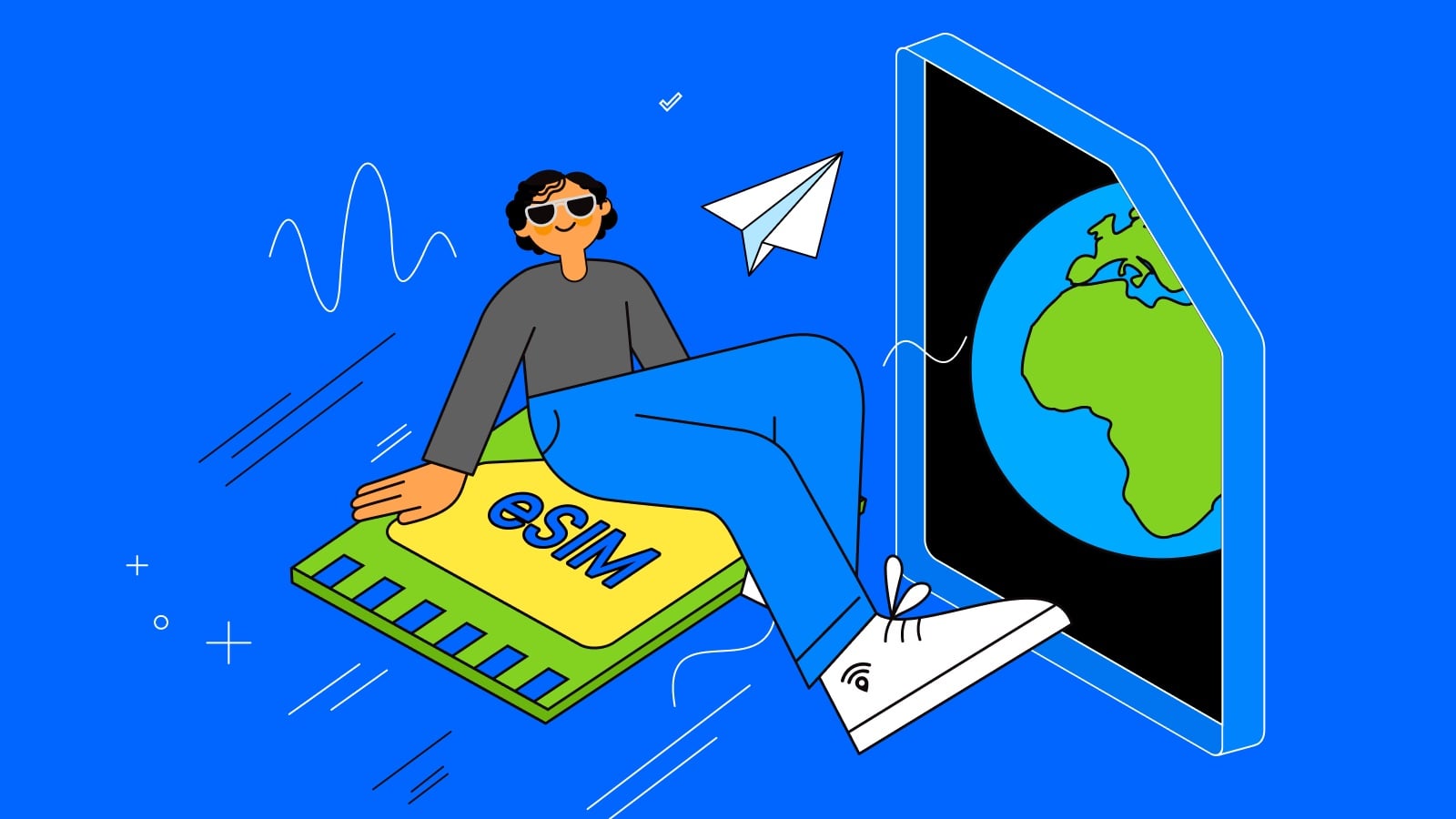It’s a cliché at this point, but the world truly is getting smaller.
In the 20th century, the rise of train travel followed by flights becoming affordable for millions of people around the world made it possible to visit other countries in a matter of hours rather than days.
Mass migration exposed people to a diverse range of cultures, meaning that when you did arrive in your far-flung destination it already felt a little bit closer to home. The most revolutionary transformation in terms of “shrinking” the world, however, has been the advent of rapid connectivity.

Today, you can hold a high-quality video call with somebody in Sydney from your office in Los Angeles and, thanks to social media, stay updated with posts from friends all over the world. You might think that this has made it less necessary for us to travel internationally, but in fact demand is higher than ever. Connectivity brings us together, and it makes us want to visit the distant corners of the world we’re constantly hearing so much about. It also removes barriers to travel by allowing us to stay in touch with our work and our friends and family while we’re away from home.
The question prospective travelers might be asking at this point is as follows: How do I maximize my connectivity for the lowest possible price?
A mobile app (Android, iOS) called WiFi Map believes it has the answer.

Founded in 2014, the company started as a WiFi finder, allowing anybody to add free public WiFi hotspots to a shared global map, where they would be visible to all other users. New features soon followed, allowing people to verify hotspot credentials and test internet speeds, with the addition of reputation score mechanics and proprietary AI technologies ensuring that the networks added to the map are as useful as possible.
The app has been a huge success, recently celebrating 160 million downloads and passing the 1 billion connection mark. With millions of WiFi hotspots now added to the platform, you can travel in almost any major town or city anywhere in the world and be sure to find a free and fast internet connection using the app.
Over the last year, WiFi Map has been rolling out a new feature that looks poised to change the game – eSIM mobile data. For those of you who don’t know, an eSIM is a virtual SIM card and is primarily used to get data when traveling abroad. Forget trying to set up a new plastic SIM card in a 7/11 store on the other side of the world – an eSIM will get you online as soon as you cross the border or step off the plane.

What makes WiFi Map’s eSIM offer special is its integration with the pre-existing network of millions of free WiFi hotspots. Picture the situation: you turn on your eSIM, get connected and use WiFi Map to find a nearby café with free WiFi. When you get there, you connect to the café’s WiFi and spend a couple of hours browsing. You could even spend the whole day online while only using around 5 MB of paid eSIM data.
According to the project founders, the development team is working on a seamless connectivity feature that will allow you to transition smoothly between free WiFi hotspots and eSIM data, saving you time and effort while keeping you connected 24/7.
Data roaming was very expensive once upon a time, but eSIM packages are genuinely affordable. In the case of WiFi Map, the price was recently dropped from $4.99 to $3.99 per GB of data. While this price is already competitive, the platform is sweetening the deal with the help of its brand new $WIFI token.
The arrival of $WIFI earlier this year has marked another major development in the WiFi Map ecosystem. $WIFI is an internal currency for the platform, based on blockchain technologies. It was introduced in early April and already has several uses.
One of the key “utilities” of $WIFI is the connect-to-earn programme. Users who help to build the platform – this could be by adding hotspots, checking WiFi login credentials, or running speed tests – have a chance of winning tokens every month based on their contributions.
Another utility is unlocking eSIM data packages. Since the launch of the token, a couple of exciting perks have landed in the app. If you purchase an eSIM package in USD or another fiat currency, you’ll now receive cashback worth 3% of the price of the package in $WIFI, direct to your in-app $WIFI wallet. If you claim the package using $WIFI, this figure rises to an incredible 15%.
The new $WIFI economy is simple, and perfect for those who want to get connected outside their home country. Connect the world by adding new hotspots, earn $WIFI for your contributions, and redeem it for eSIM data so you can stay connected even when you’re out of range of a WiFi network.
What WiFi Map is doing is unique, but there are other companies working with connectivity and the blockchain in tandem. This growing segment is being referred to by a couple of different names, including DeWi (decentralized wireless) and DePIN (decentralized physical infrastructure networks). The idea is that internet access can become cheaper, more accessible and more resilient by sidestepping the monopolies of centralized broadband and cellular providers, while rewarding the people who build these new physical and virtual networks.
eSIM functionality isn’t available on every smartphone, but major manufacturers like Apple and Samsung have released a wide range of phones, tablets and smart watches with integrated eSIM chips, meaning you can easily access cellular connections without the need for a plastic SIM card. You’ll be pleased to know that WiFi Map is currently offering eSIM mobile data roaming in 70 countries, with that number set to hit the three-figure mark in the very near future.













Write Your Comment
Please DO NOT include links, URLs or HTML in your comments - they will be automated deleted and you will waste your time.